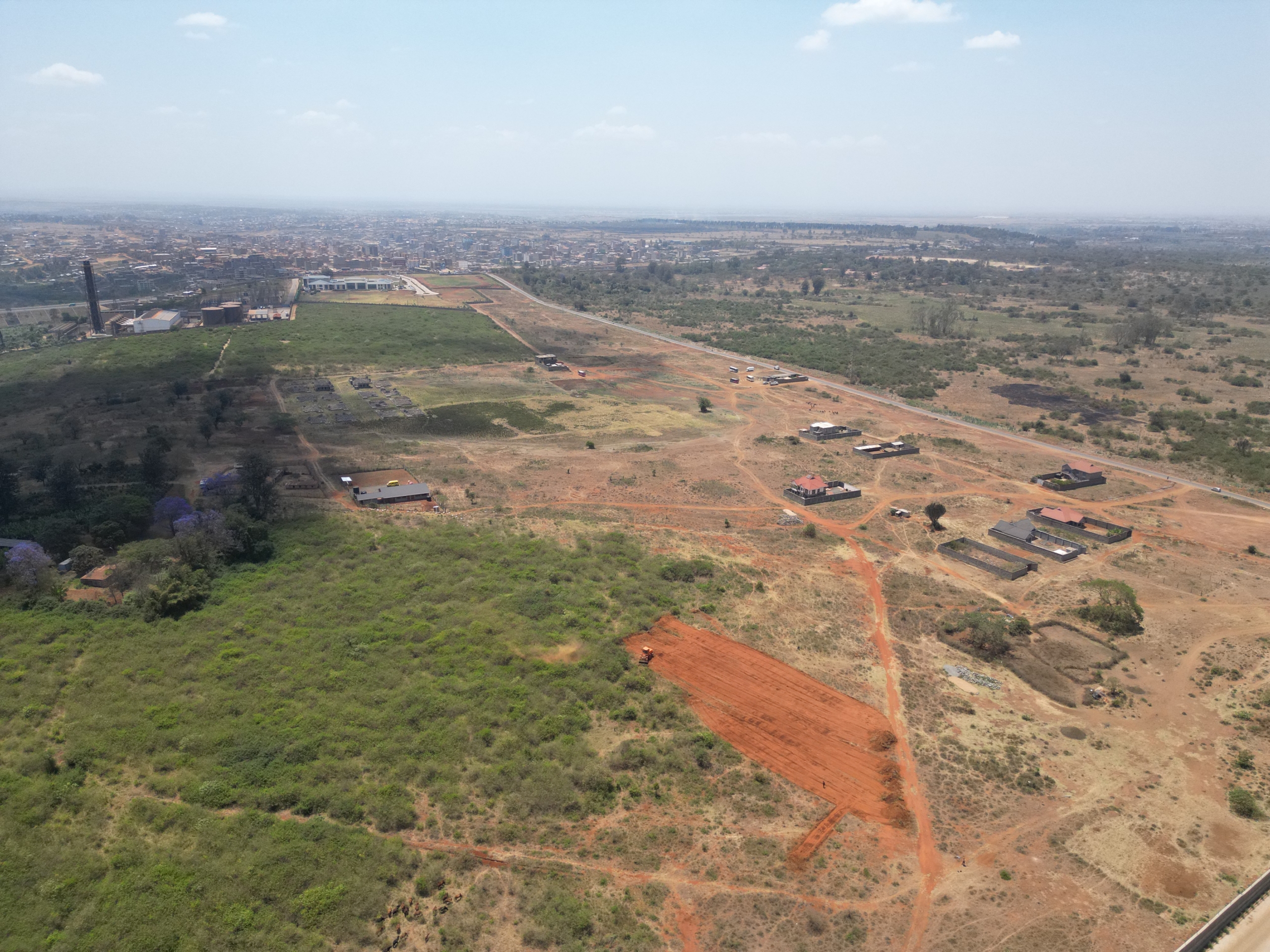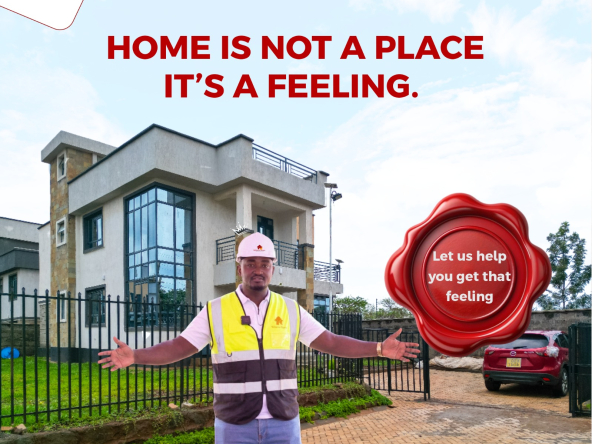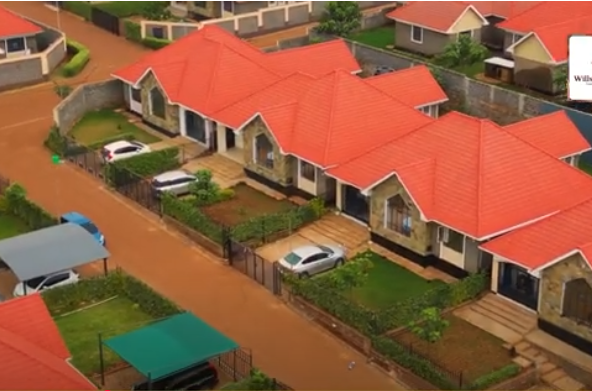In recent years, Land Politics and Maasai Heritage have become central themes in Kajiado County as modern real estate development clashes with the traditional land rights of the Maasai people. As Nairobi’s growth spreads outward, developers are increasingly eyeing Kajiado’s vast, undeveloped spaces for housing estates, malls, and resorts. However, this has sparked a significant conflict, with Maasai communities standing firm to protect their ancestral lands, which hold deep cultural and spiritual significance. The struggle over land ownership and usage is more than a real estate dispute; it’s a battle to preserve the Maasai’s way of life, rooted in centuries-old traditions and communal land stewardship.
A New Frontier for Development
Kajiado County, stretching from the outskirts of Nairobi into the heart of the Rift Valley, has become an attractive destination for real estate investors. Its proximity to the capital, relatively affordable land, and expansive, underdeveloped parcels make it ideal for housing estates, resorts, schools, and commercial hubs.
Private developers — both Kenyan and international — have been aggressively acquiring land in areas like Kitengela, Isinya, and Kiserian. The result is a transformation of the once pastoral countryside into a patchwork of gated communities, malls, and industrial parks. But this transformation comes at a cost — and it’s the Maasai who are paying the price.
Read Also: Why Churches and Mosques Are Emerging as Real Estate Power Brokers in Satellite Towns
The Maasai Connection to Land
For the Maasai, land is more than property — it is heritage, sustenance, identity, and spirit. Traditionally, the Maasai are semi-nomadic pastoralists who depend on communal grazing land to maintain their cattle-based livelihoods. Unlike the individualized, title-deed driven ownership system that underpins Kenya’s formal real estate market, the Maasai traditionally relate to land communally.
This disconnect between cultural land use and modern ownership structures is at the heart of the ongoing conflict. As pressure mounts to formalize land into saleable parcels, many Maasai find themselves dispossessed — often unknowingly — or compelled to sell ancestral land due to economic hardship or legal loopholes.
The Rise of Land Speculation
The real estate boom in Kajiado has also given rise to land speculation. Middlemen, brokers, and cartels swoop in to secure large tracts at low prices from unsuspecting or desperate locals, only to flip them at enormous profits to developers. In many cases, Maasai elders have been misled into signing away land rights without understanding the long-term implications.
Some developers, sensing weak legal protections for customary land rights, exploit the ambiguity surrounding land titles in the region. This has led to a surge in land politics, with accusations of land grabbing, forged documents, and even intimidation.
Read Also: Diaspora Housing in Kitengela: Kitengela vs Karen
Broken Promises and Displacement
The influx of real estate has brought promises of modernization, infrastructure, and economic opportunity. Yet, for many Maasai, these promises remain unfulfilled. Instead of improved livelihoods, many have experienced displacement, reduced access to grazing land, and erosion of traditional practices.
Entire communities have been pushed further south as roads and fences cut through former communal lands. Sacred sites have been demolished or sealed off. The once uninterrupted flow of livestock migration has been fragmented by concrete and tarmac.
Even when compensation is offered, it often falls far short of the long-term cultural and economic value of the land.
Legal Gray Areas and the Role of Government
Kenya’s 2010 Constitution recognizes community land rights and aims to protect the interests of indigenous communities. However, implementation has been slow and uneven. The Community Land Act of 2016 was designed to allow groups like the Maasai to formally register and protect communal land — but bureaucratic delays, limited awareness, and vested interests have slowed its rollout.
At the same time, county governments — eager for investment — often prioritize infrastructure and housing projects over cultural preservation. In Kajiado, for example, local leadership has been accused of facilitating questionable land deals, undermining traditional authorities in favor of developers.
Cultural Erosion: More Than Just Land
This isn’t just about real estate — it’s about culture and continuity. As Maasai land disappears, so do language, customs, rites of passage, and social structures tied to the land. Young Maasai are increasingly growing up in hybrid environments, caught between ancestral expectations and modern realities.
Cattle herding is being replaced by boda boda businesses. Traditional attire gives way to urban fashion. Ceremonies tied to specific landscapes — from initiation to spiritual rituals — are fading as those landscapes are replaced with suburban neighborhoods.
Voices of Resistance and Preservation
In response, a growing movement of Maasai youth, elders, and activists is emerging to protect their land and way of life. Organizations like the Maasai Land Preservation Trust and Indigenous Movement for Peace Advancement and Conflict Transformation (IMPACT) are working to educate communities about land rights, offer legal support, and push for government accountability.
Some communities are also turning to alternative economic models that blend tradition with innovation — eco-tourism, community conservancies, and Maasai-led agribusinesses that maintain land ownership while creating revenue.
Read Also: The Kamulu Real Estate Market
The Role of Ethical Real Estate
There’s growing awareness among urban planners and developers that the path forward must be inclusive and culturally sensitive. Ethical real estate in Kajiado must go beyond CSR slogans. It means engaging local communities, obtaining free, prior, and informed consent, and ensuring developments include tangible benefits — schools, water access, healthcare, and revenue-sharing models.
Some developers are already shifting in this direction, incorporating Maasai aesthetics in design, employing local labor, or setting aside conservation zones. But these efforts remain the exception rather than the norm.
A Path Forward
The clash in Kajiado doesn’t need to be a zero-sum game. Kenya has an opportunity to model how development can honor heritage, and how progress can be inclusive. Protecting indigenous land rights isn’t just a moral imperative — it’s a legal and economic necessity. When people feel respected and included, they become partners, not obstacles, in development.
If the Maasai are to remain stewards of their land, then policies, laws, and planning must reflect that truth. Otherwise, we risk losing not just landscapes, but a living culture that has shaped Kenya for centuries.
The story of Land Politics and Maasai Heritage in Kajiado represents a larger question of how Kenya navigates development while honoring indigenous cultures. As the pressure to develop intensifies, finding a balance between progress and preservation is crucial. The Maasai’s resistance highlights the importance of protecting their land and heritage, ensuring that their rights are not overshadowed by the ambitions of modern real estate. The future of Kajiado, and similar regions, lies in the ability to forge ethical, inclusive development models that respect both the land’s legacy and its potential for sustainable growth. If Kenya is to truly progress, it must recognize and uphold the cultural and historical importance of the Maasai in shaping its identity.




